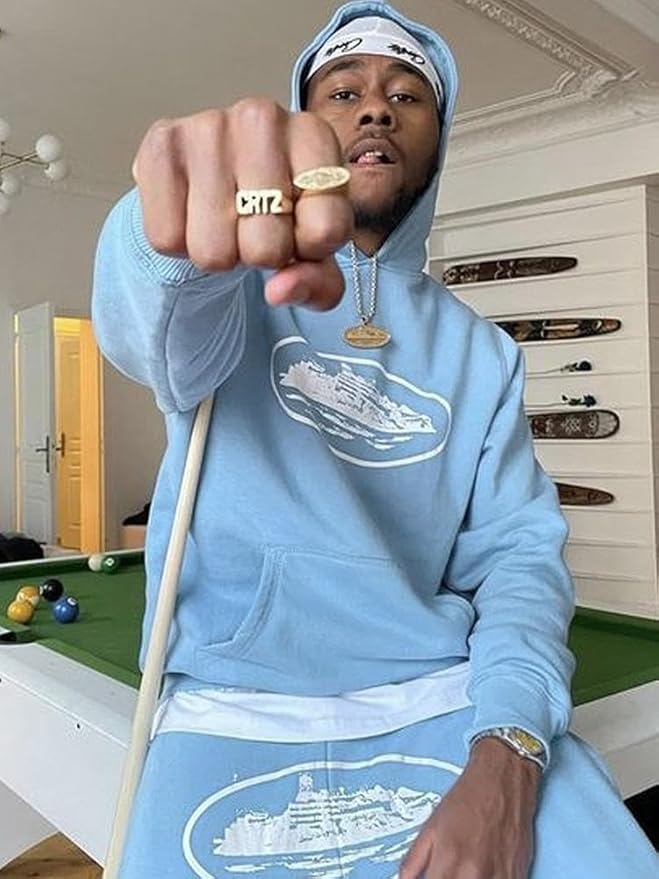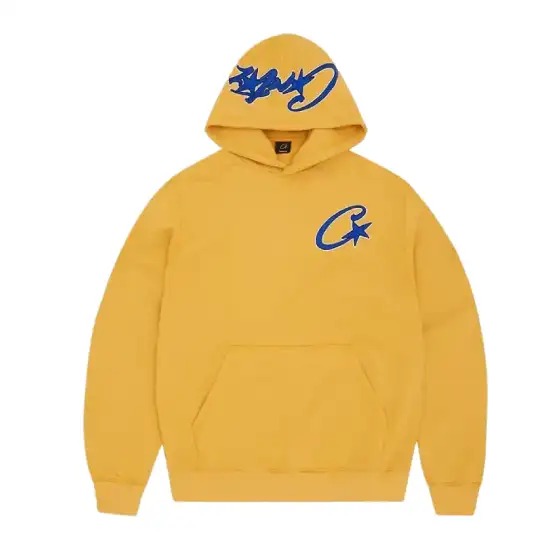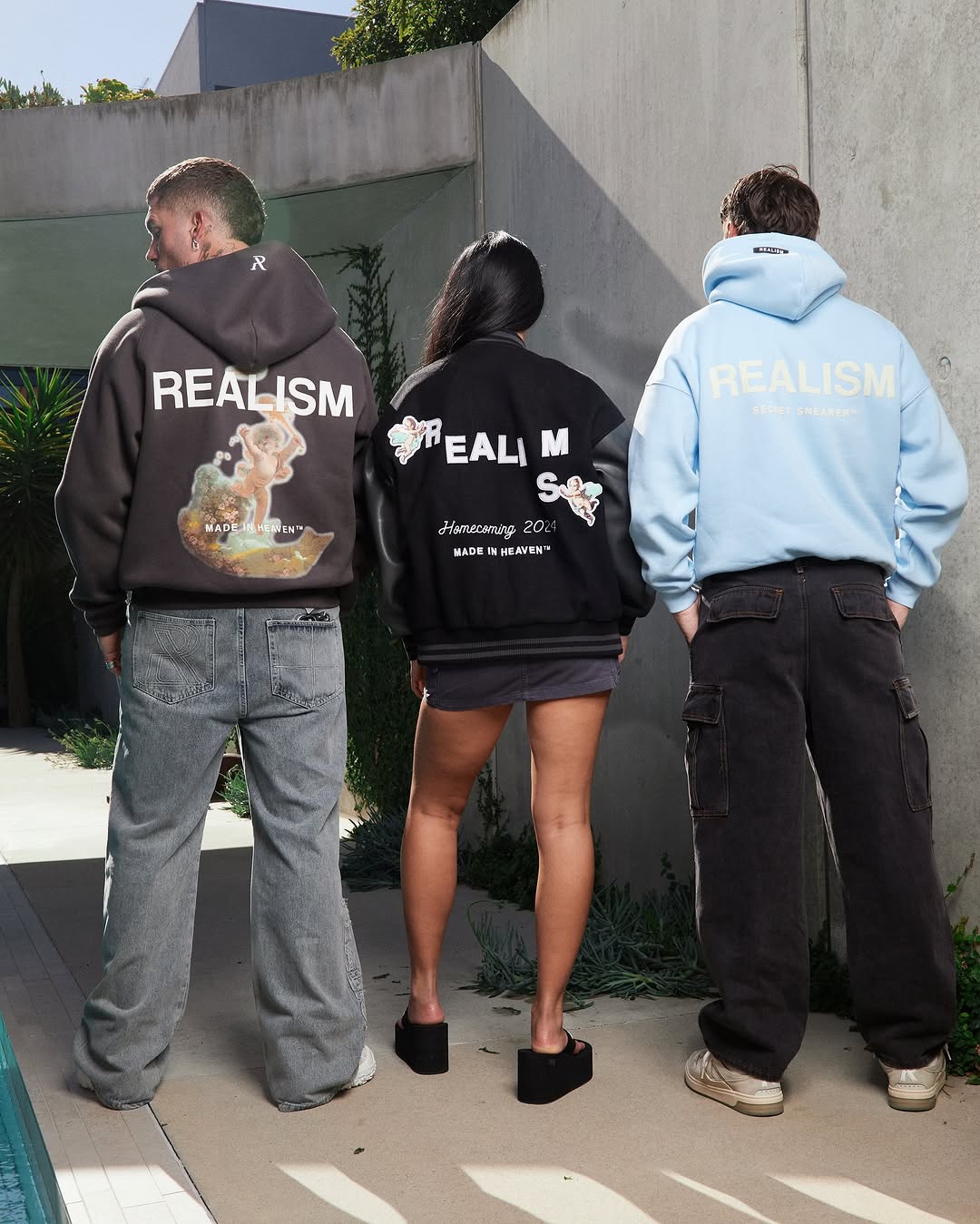Unique Fashion Showdown Between Modern Grit and Timeless Craft

In a fashion world saturated with trends and fast-paced innovation, Corteiz and Kapital stand out by forging their own rules. One is a streetwear powerhouse born on the gritty streets of London, the other an artisanal label deeply rooted in Japan’s rich history of craftsmanship. While Corteiz thrives on rebellion and exclusivity, Kapital embraces slow fashion, storytelling, and timeless artistry. Together, they represent two of the most compelling forces in contemporary menswear. This article breaks down their differences—and rare similarities—across design, identity, culture, and value to see what truly sets Corteiz and Kapital apart.
Origins: Different Beginnings, Same Disruption
Corteiz was launched in the 2010s by Clint419, who built the brand through secrecy, coded drops, and an anti-establishment message that quickly caught fire online. It wasn’t just clothing—it was a cultural signal of rebellion and belonging. Kapital began much earlier, in 1984, founded by Toshikiyo Hirata in Okayama, Japan. Initially focused on premium denim, the brand evolved under the creative leadership of his son, Kiro, who introduced eclectic, multi-layered designs. Despite their vastly different timelines and geographies, both brands disrupted the norms of fashion in their own way—Corteiz through social disruption and Kapital through slow, artistic evolution.
Aesthetic Direction and Visual Identity
Corteiz’s design language is unapologetic, militaristic, and built for urban visibility. Its use of bold slogans, tactical silhouettes, and street-coded references makes each piece feel like a badge of allegiance. Kapital takes a completely opposite route, crafting whimsical, detailed garments that often appear like wearable works of art. Its visual identity is playful, layered, and rich in symbolism—from smiley faces to skulls to traditional Japanese embroidery. While Corteiz opts for a stripped-down, raw aesthetic with heavy cultural weight, Kapital embraces maximalism with irregular patterns and textures. Both push visual boundaries, just in radically different directions.
Brand Philosophy and Purpose
Corteiz is built around exclusivity, cultural authenticity, and resistance. The brand challenges conventional fashion models, instead creating a closed-loop ecosystem where access is limited, and community is everything. Its philosophy centers around empowerment and disruption. Kapital operates from a more philosophical place, drawing from Japanese values of imperfection, transience, and storytelling. Its garments often feel like relics of personal journeys, not just seasonal products. Corteiz builds meaning through community and conflict; Kapital builds meaning through craft and cultural depth. Each brand has a clear purpose, rooted in an emotional connection with its audience.
Consumer Base and Cultural Impact
Corteiz has captured the attention of Gen Z and millennial streetwear enthusiasts who seek identity, status, and inclusion in an exclusive subculture. The brand’s guerrilla-style drops and social media moments make it highly influential in youth-driven fashion circles. Kapital appeals more to fashion insiders, collectors, and creatives who value craftsmanship, history, and experimentation. It has a quieter, more intellectual impact, often seen on stylists, artists, and celebrities with a flair for the unconventional. While Corteiz is a force in modern urban culture, Kapital is a benchmark in avant-garde, artisanal fashion. Both speak to niche audiences—but with wildly different accents.
Marketing Strategy and Storytelling
Corteiz redefined streetwear marketing by removing the middleman and speaking directly to its audience through Instagram, viral stunts, and real-world drop events. Every release feels like a moment—and that’s by design. The storytelling is sharp, political, and charged with energy. Kapital uses almost no marketing in the traditional sense. Instead, it lets the garments tell their own story through craftsmanship and symbolic design. There’s a strong sense of folklore in Kapital pieces, with nods to both Japanese and American culture. Corteiz markets through momentum and urgency; Kapital markets through mystique and quiet resonance.
Production and Material Focus
Corteiz keeps its production details discreet, with an emphasis on message and brand identity over fabrication. The focus is on visuals, cuts, and exclusivity rather than material innovation. Kapital, meanwhile, is a masterclass in fabric. The brand uses traditional Japanese dyeing, hand-stitched patchwork, and rare materials sourced from across the world. Its clothing is intentionally designed to fade, evolve, and gain beauty over time. Corteiz creates clothing meant for the now, immediate and urgent. Kapital creates clothing that lives with the wearer, becoming more meaningful with age. Each brand reflects its values clearly in the way its products are made.
Pricing and Value Proposition
At retail, Corteiz offers relatively affordable price points, aligning with its mission to be accessible—at least initially—to the community it represents. However, resale values often soar due to scarcity and hype. Kapital, by contrast, sits firmly in the luxury category, with high retail prices justified by craftsmanship, limited runs, and complex production techniques. Corteiz delivers value through cultural cachet and rarity. Kapital delivers value through artisanal quality and collectibility. For one, ownership symbolizes cultural fluency; for the other, it reflects refined taste and a deeper appreciation for slow fashion. The value systems are different—but both are authentic.
Accessibility and Global Reach
Corteiz’s accessibility is intentionally difficult. You can’t just walk into a store or browse a full website—it’s about being present at the right moment, often physically or digitally, to get access. This scarcity builds brand loyalty and mystique. Kapital, while still exclusive, is more accessible through select high-end boutiques and online luxury platforms around the world. Its audience spans continents, but its reach is more passive—if you know, you know. Corteiz creates a game out of fashion access, while Kapital quietly waits for the right wearer to find it. Both have global appeal, shaped by different distribution philosophies.
Collaborations and Brand Expansion
Corteiz has already ventured into impactful collaborations, with its Nike partnership being one of the most significant. This allowed it to maintain credibility while stepping onto the global stage. Kapital collaborates infrequently, usually with artists or niche labels that align closely with its values. Its avoidance of mass-market collabs helps preserve its cult appeal. Corteiz uses collaborations as explosive statements of arrival; Kapital uses them more as extensions of its internal creativity. Both brands are highly strategic, only engaging in partnerships that enhance, rather than dilute, their identities.
Longevity and Future Outlook
Corteiz is still a young brand but has made an outsized cultural impact in a short time. Its future depends on how it can evolve while maintaining authenticity and community trust. If done right, it could become a defining streetwear label of the era. Kapital, with decades of work behind it, has already proven its endurance. It’s not chasing trends; it’s setting its own timeless path through craft and design. Where Corteiz represents movement and immediacy, Kapital is about history and permanence. Both have the potential to leave lasting marks—but in entirely different chapters of fashion history.
Final Verdict: Style, Substance, or Both?
Corteiz and Kapital offer two powerful but distinct visions of what fashion can be. Corteiz is fast, loud, and intimately tied to the street—it’s a mirror of cultural unrest and youthful defiance. Kapital is slow, meditative, and rich in history—it’s a celebration of imperfection, artistry, and quiet rebellion. If you want to make a statement now, Corteiz is your language. If you want to build a wardrobe that tells stories for decades, Kapital speaks fluently. Ultimately, both brands represent the highest form of modern fashion: uncompromising, deeply personal, and utterly unforgettable in their own lanes.


